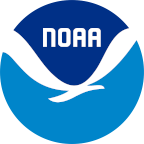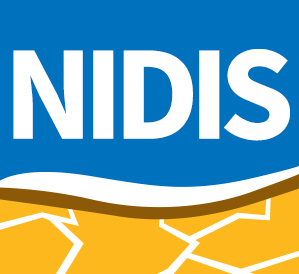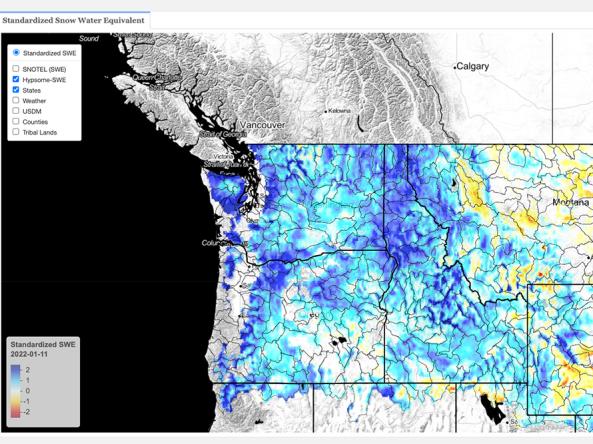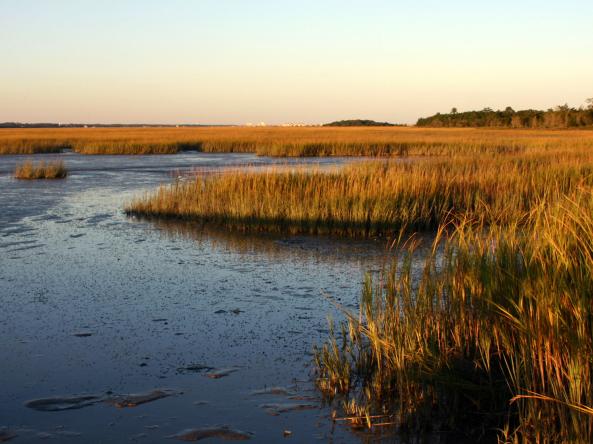For the latest forecasts and critical weather information, visit weather.gov.
December was warm with several temperature records broken across the Southeast region. Recent precipitation events have improved streamflows and reduced some of the drought severity across the region. A cold outbreak later this month could freeze some areas, but should not reach too far into Florida. This month’s topical presentation discussed hourly precipitation trends in the Southeast.
Nevada’s variable climate makes drought preparedness not only important but challenging. To effectively address some of the challenges faced in the drought planning process, the Nevada Division of Water Resources is collaborating with the Desert Research Institute (DRI), the Nevada State Climate Office, and the National Oceanic and Atmospheric Administration (NOAA) through the National Integrated Drought Information System (NIDIS) program to facilitate three virtual workshops aimed at improving drought planning, mitigation, and communication in Nevada. The workshops will encourage collaboration between stakeholder agencies at the federal, state, and community level to leverage resources and improve planning, mitigation, and outreach. Strengthening interagency collaboration will improve coordination of actions as well as minimize duplicate efforts, ultimately enhancing efficiencies and resources that benefit a diversity of water users across the state. By identifying needs for drought preparedness, stakeholder agencies can work together in determining the next steps needed to continue moving Nevada towards drought resiliency.
Nevada’s variable climate makes drought preparedness not only important but challenging. To effectively address some of the challenges faced in the drought planning process, the Nevada Division of Water Resources is collaborating with the Desert Research Institute (DRI), the Nevada State Climate Office, and the National Oceanic and Atmospheric Administration (NOAA) through the National Integrated Drought Information System (NIDIS) program to facilitate three virtual workshops aimed at improving drought planning, mitigation, and communication in Nevada. The workshops will encourage collaboration between stakeholder agencies at the federal, state, and community level to leverage resources and improve planning, mitigation, and outreach. Strengthening interagency collaboration will improve coordination of actions as well as minimize duplicate efforts, ultimately enhancing efficiencies and resources that benefit a diversity of water users across the state. By identifying needs for drought preparedness, stakeholder agencies can work together in determining the next steps needed to continue moving Nevada towards drought resiliency.
Nevada’s variable climate makes drought preparedness not only important but challenging. To effectively address some of the challenges faced in the drought planning process, the Nevada Division of Water Resources is collaborating with the Desert Research Institute (DRI), the Nevada State Climate Office, and the National Oceanic and Atmospheric Administration (NOAA) through the National Integrated Drought Information System (NIDIS) program to facilitate three virtual workshops aimed at improving drought planning, mitigation, and communication in Nevada. The workshops will encourage collaboration between stakeholder agencies at the federal, state, and community level to leverage resources and improve planning, mitigation, and outreach. Strengthening interagency collaboration will improve coordination of actions as well as minimize duplicate efforts, ultimately enhancing efficiencies and resources that benefit a diversity of water users across the state. By identifying needs for drought preparedness, stakeholder agencies can work together in determining the next steps needed to continue moving Nevada towards drought resiliency.
These webinars will focus on current hydrologic and climatic conditions and water supply forecasts for the Columbia and Snake River basins. The Northwest River Forecast Center holds these monthly water supply briefings January through late spring on the first Thursday of each month. The briefings are composed of two parts: a telephone conference call and a web-based presentation.
These webinars will focus on current hydrologic and climatic conditions and water supply forecasts for the Columbia and Snake River basins. The Northwest River Forecast Center holds these monthly water supply briefings January through late spring on the first Thursday of each month. The briefings are composed of two parts: a telephone conference call and a web-based presentation.
These webinars focus on current hydrologic and climatic conditions and water supply forecasts for the Columbia and Snake River basins. The Northwest River Forecast Center holds these monthly water supply briefings January through late spring on the first Thursday of each month. The briefings are composed of two parts: a telephone conference call and a web-based presentation.
This webinar focused on current hydrologic and climatic conditions and water supply forecasts for the Columbia and Snake River basins. The Northwest River Forecast Center holds these monthly water supply briefings January through late spring on the first Thursday of each month. The briefings are composed of two parts: a telephone conference call and a web-based presentation.
These webinars will focus on current hydrologic and climatic conditions and water supply forecasts for the Columbia and Snake River basins. The Northwest River Forecast Center holds these monthly water supply briefings January through late spring on the first Thursday of each month. The briefings are composed of two parts: a telephone conference call and a web-based presentation.



